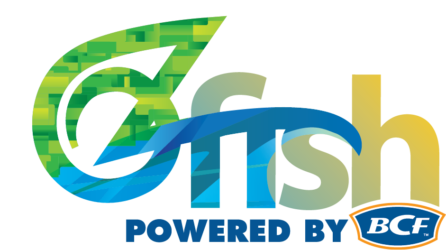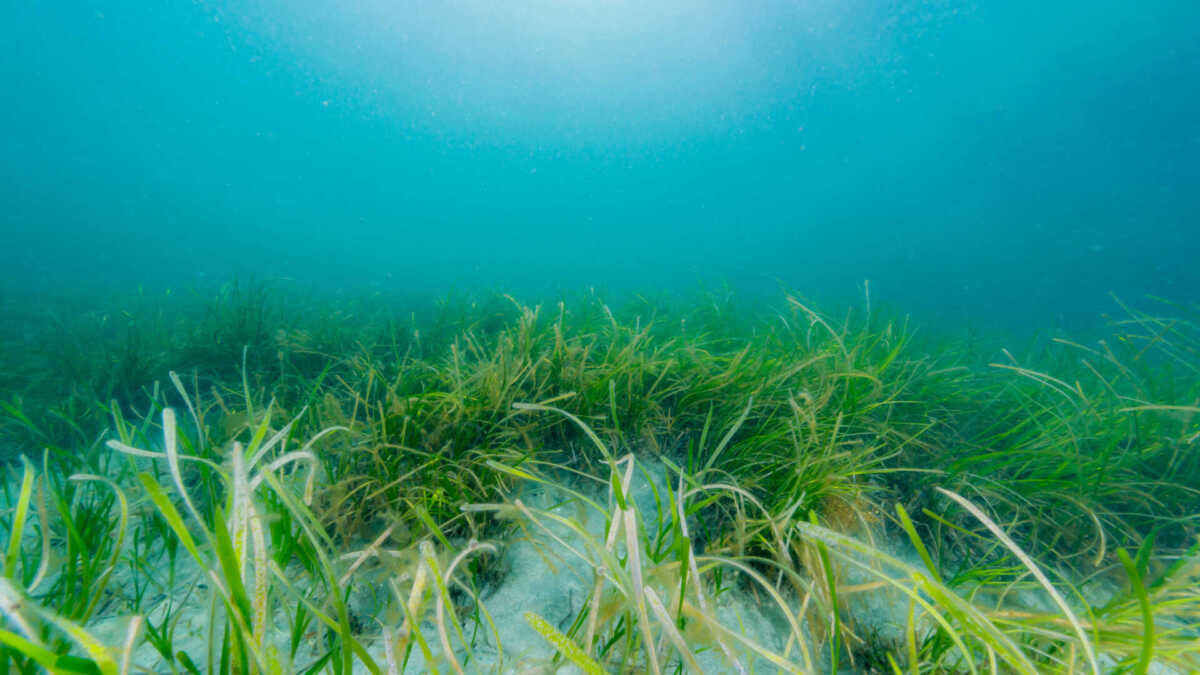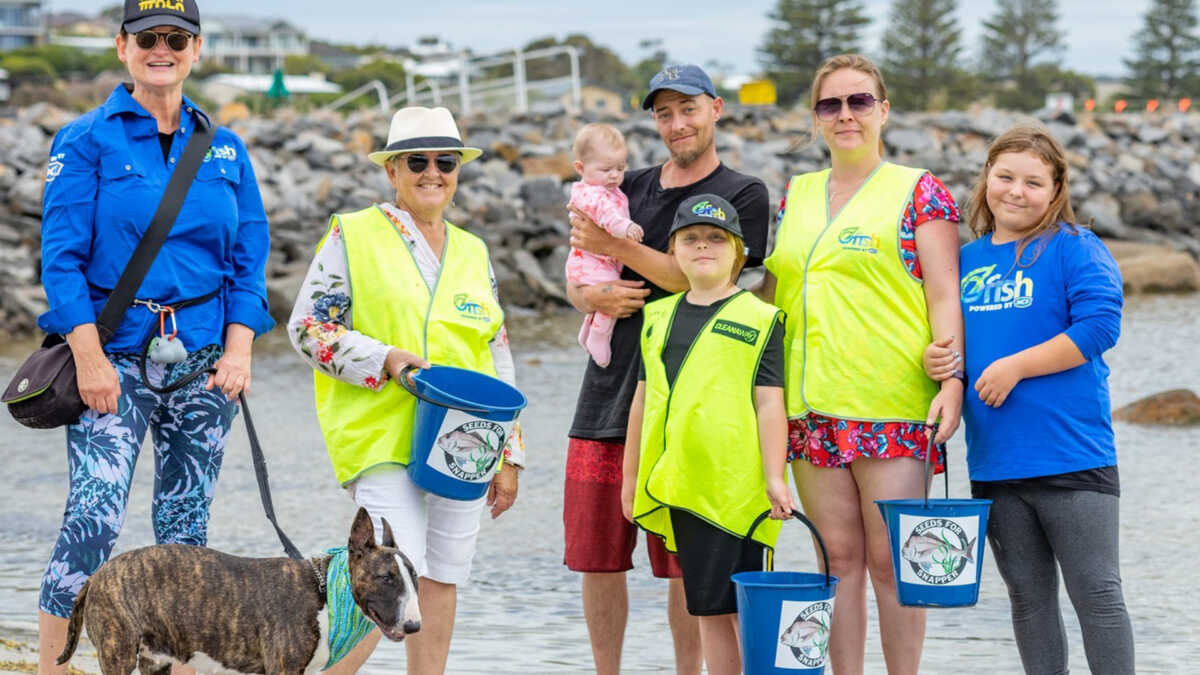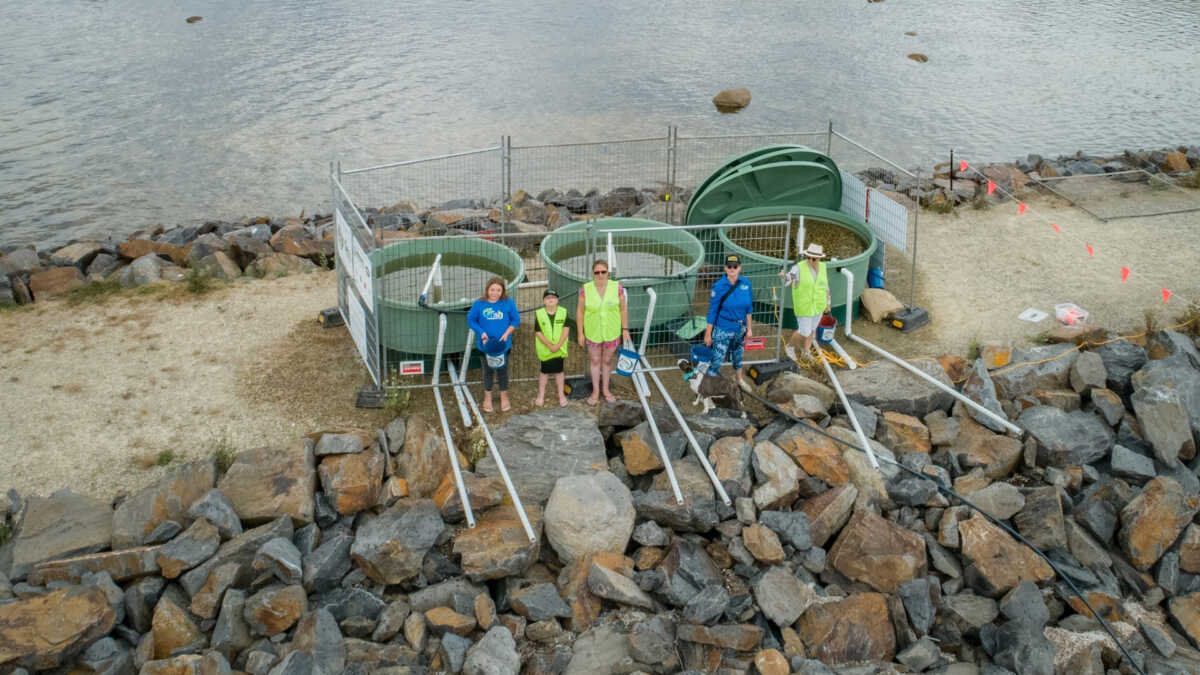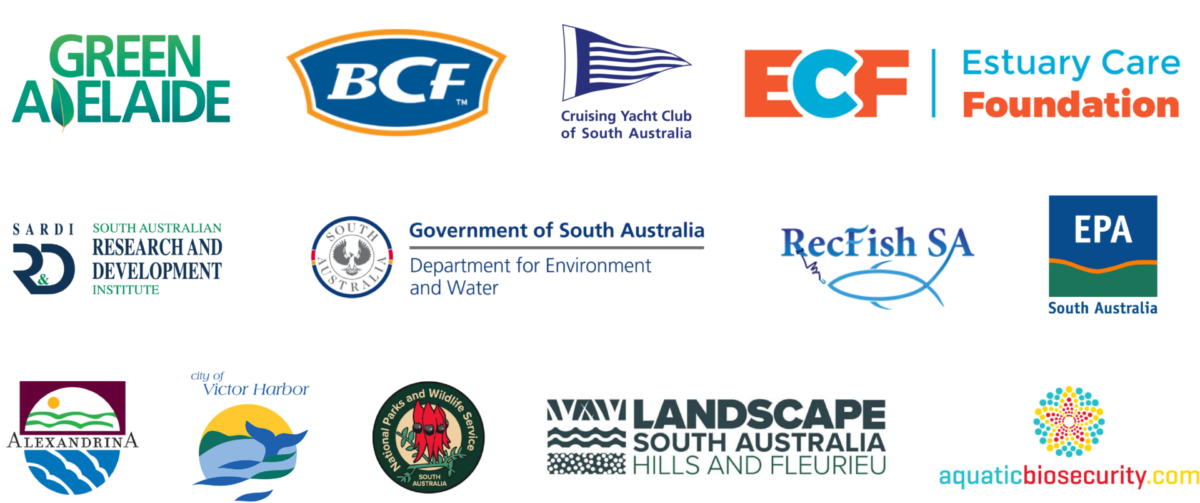Seagrass restoration scales up in South Australia thanks to volunteers
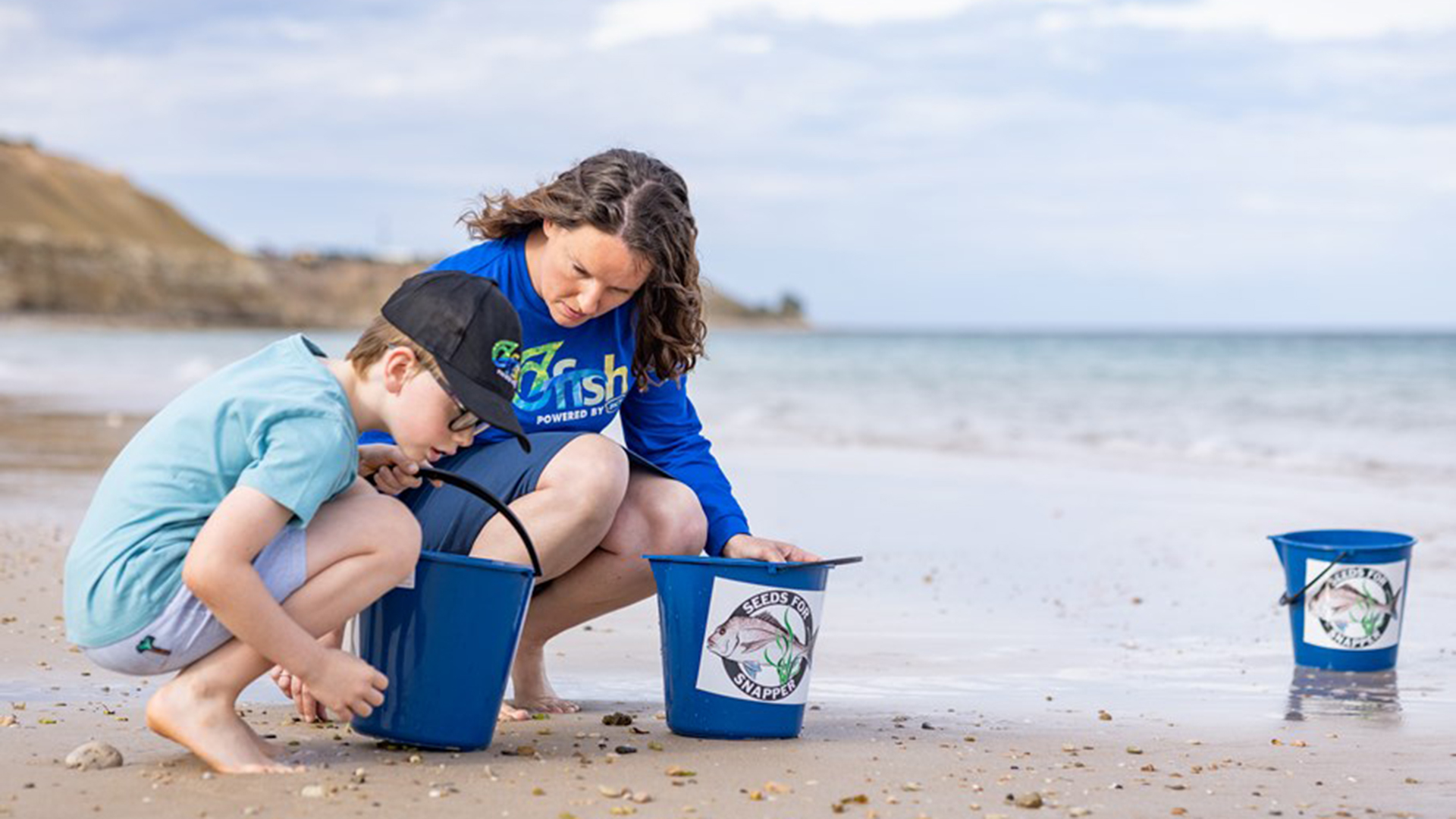
The restoration of South Australia’s vitally important seagrass meadows is a step closer after the incredible efforts of our recreational fishers and local communities.
Across both of our ‘Seeds for Snapper’ projects in South Australia, along Adelaide’s metropolitan coastline and on the Fleurieu Peninsula, more than 700 local rec fishers and people got involved. Together, they dedicated more than 3,380 volunteer hours to harvest and deploy more than 18,700 seagrass seeds in over 630 biodegradable sandbags.
Seagrass meadows are a vital part of a healthy marine ecosystem, providing habitat for native fish, as well as stabilising soil and sediment which helps to protect shorelines from erosion and storms. They are also effective climate mitigation tools by sequestering carbon dioxide (CO2) from the atmosphere. A hectare of seagrass stores up to 35 times more carbon than a hectare of rainforest.
Unfortunately, many thousands of hectares of seagrass meadows have been lost from South Australia’s coastline, having a detrimental impact on native fish populations.
Our volunteers are addressing that though and this is the third year in a row we’ve delivered ‘Seeds for Snapper’ in Gulf St Vincent. We were delighted to see more volunteers than ever before get involved.
They put in more than 2,300 hours to collect seagrass fruits from beaches and the ocean’s surface, before processing the seeds by hand and sewing them into biodegradable sandbags. More than 500 sandbags were then placed into the ocean at points identified by marine scientists to offer the best opportunity for the seeds to flourish.
It was also great to have the support this year of an iconic sight on the waters off Adelaide – the One and All tall ship. It ran a special trip where guests could deploy sandbags from the ship’s deck at the locations earmarked for seagrass restoration.
Our Fleurieu Peninsula restoration project was new for 2022 and it got off to a great start. More than 200 volunteers delivered 1,080 hours to collect and deploy almost 4,000 seagrass seeds. They sewed the seeds, by hand, into more than 130 sandbags before placing them back into the waters around the peninsula.
Just like in Adelaide, we also had the support of a distinctive vessel for our Fleurieu project. The Big Duck – a famous sight on the waters around Victor Harbor – helped to deploy sandbags.
Rachel Williams, OzFish Project Manager for South Australia, thanked recreational fishers, communities, businesses, and project partners for their support during another seagrass season.
“This has been our biggest year yet in terms of volunteers, and it shows the strength and scale of what can be achieved when like-minded people come together to achieve a common goal” said Ms Williams.
“Without their dedication to collecting the fruit, sewing the seeds into sandbags, and getting them back into the ocean, we wouldn’t have been able to deploy more than 18,700 seeds to where they are needed. This is a significant step towards restoring thriving seagrass around Adelaide and the Fleurieu Peninsula, and giving our native fish populations and other wildlife a helping hand.
“I’d also like to thank all of the local organisations and businesses who got fully behind Seeds for Snapper this year too.”
Head over to our dedicated seagrass restoration page to find out more about both of these projects and the others our volunteers are delivering around Australia.
